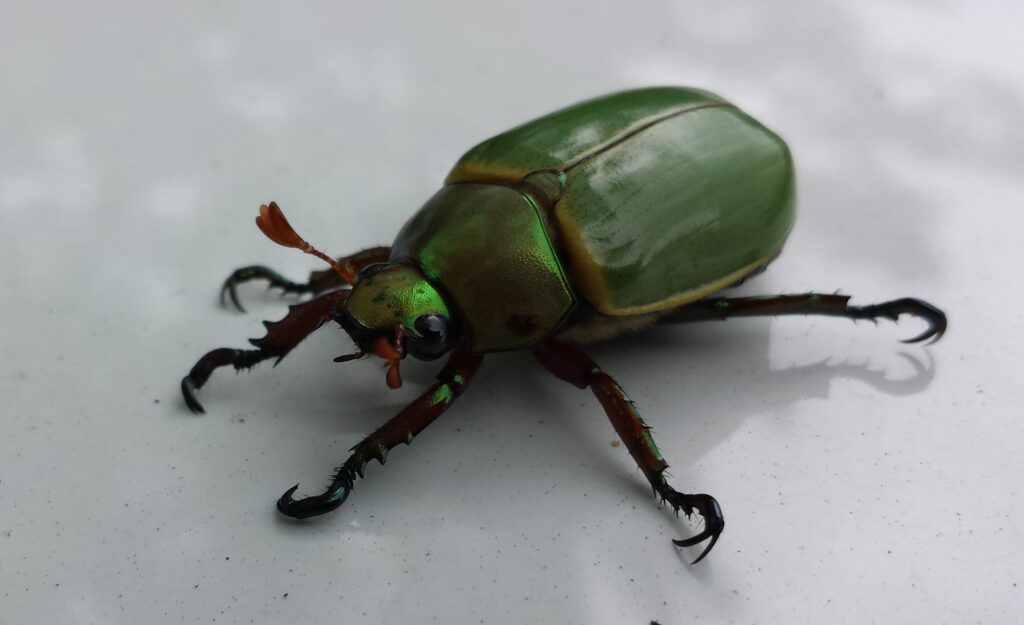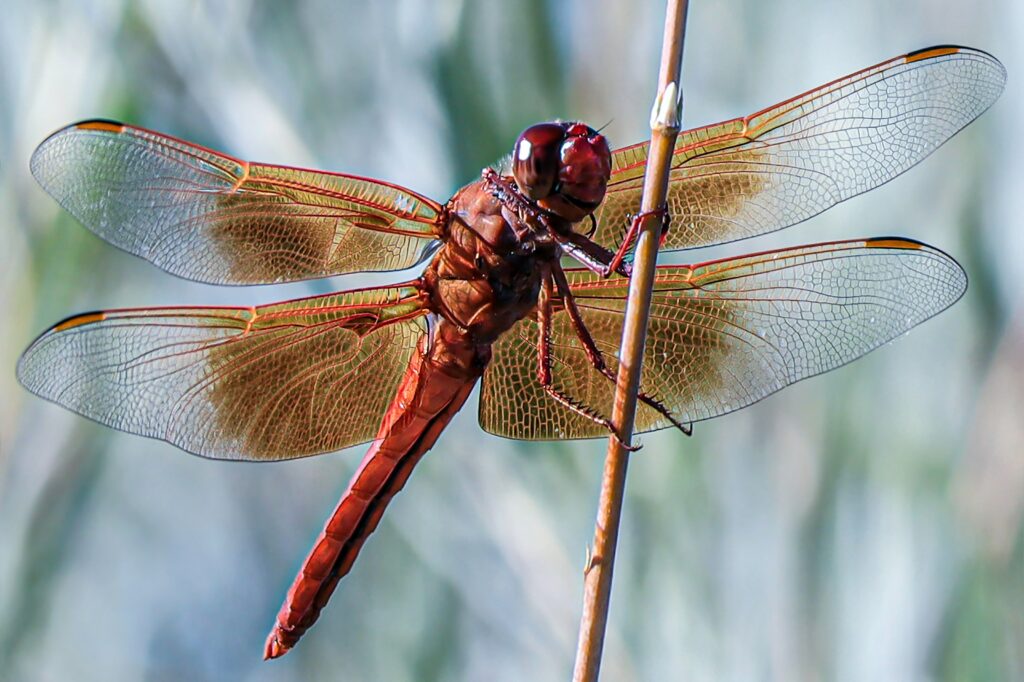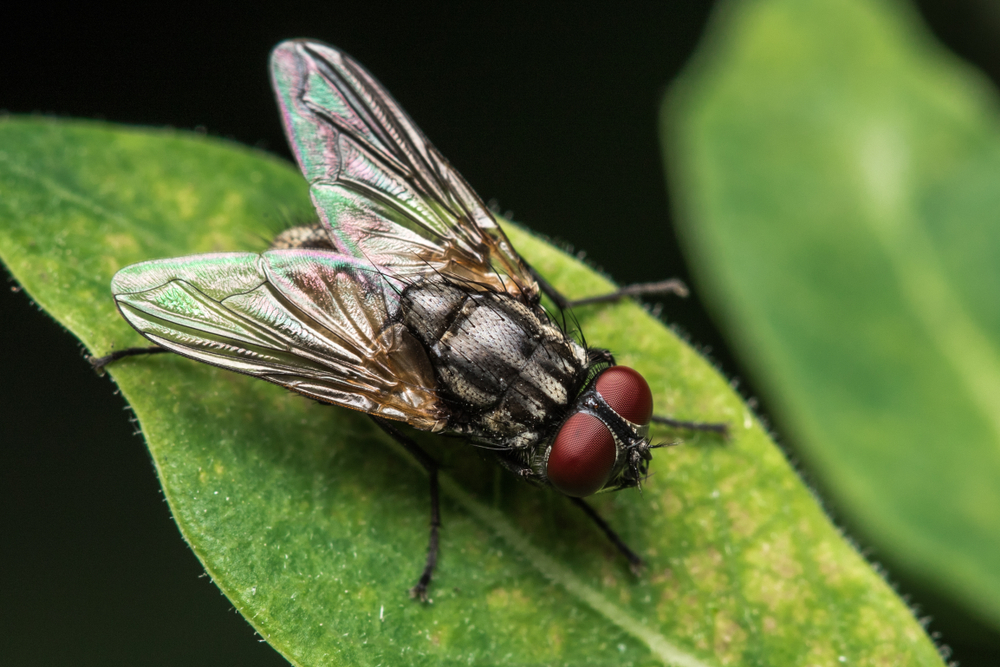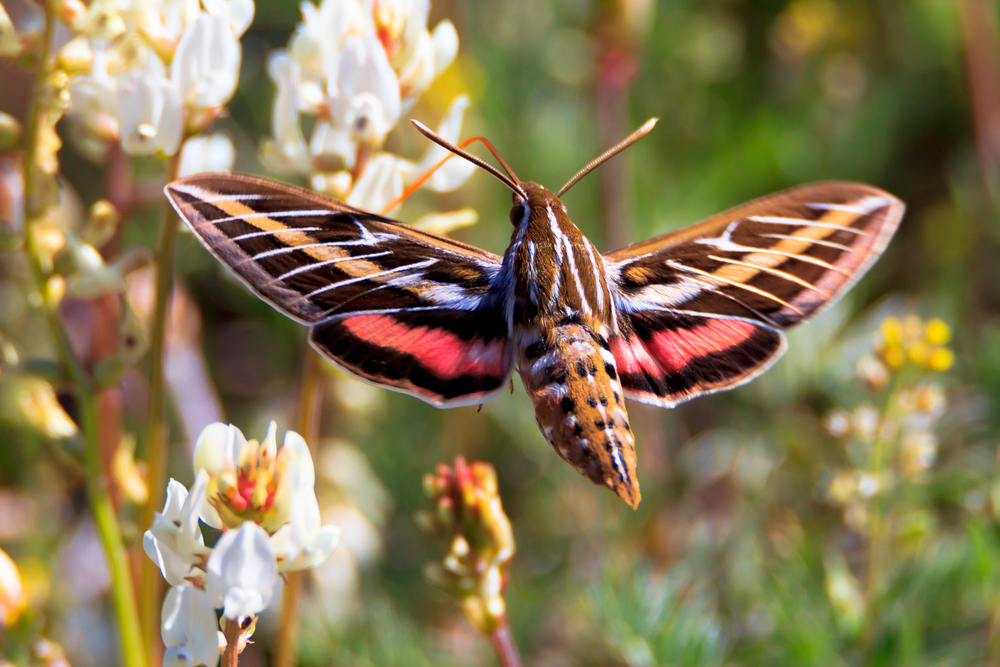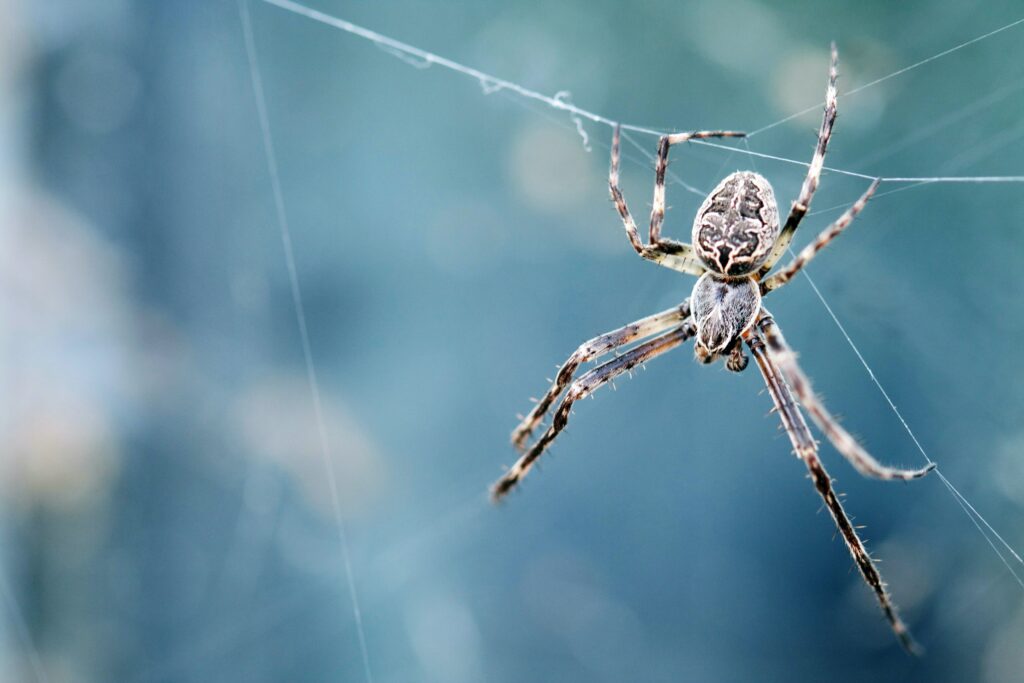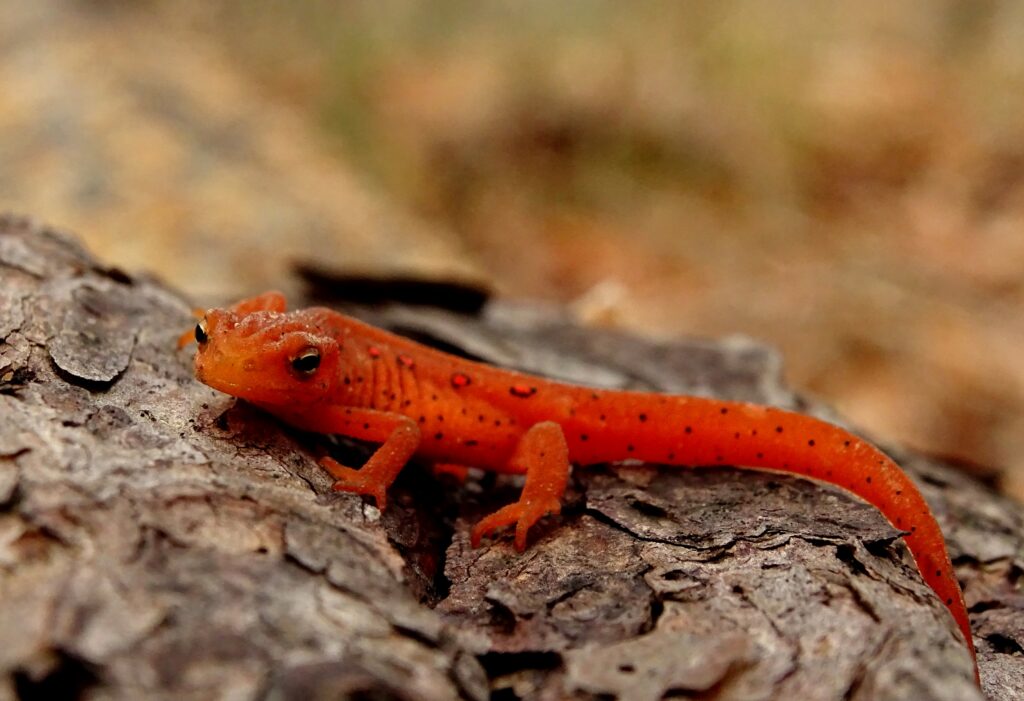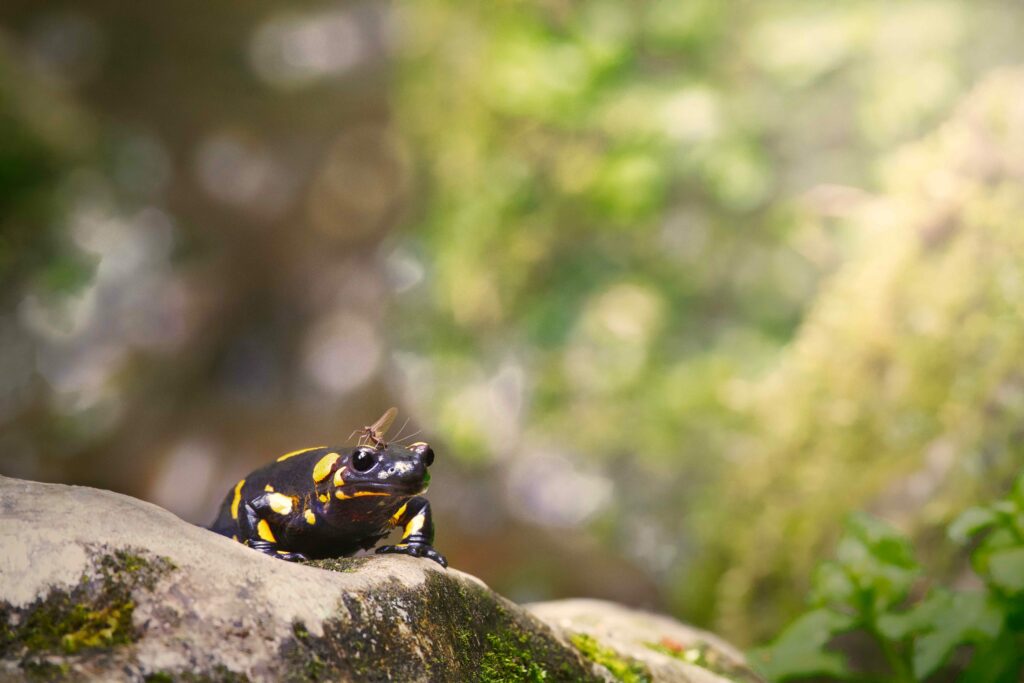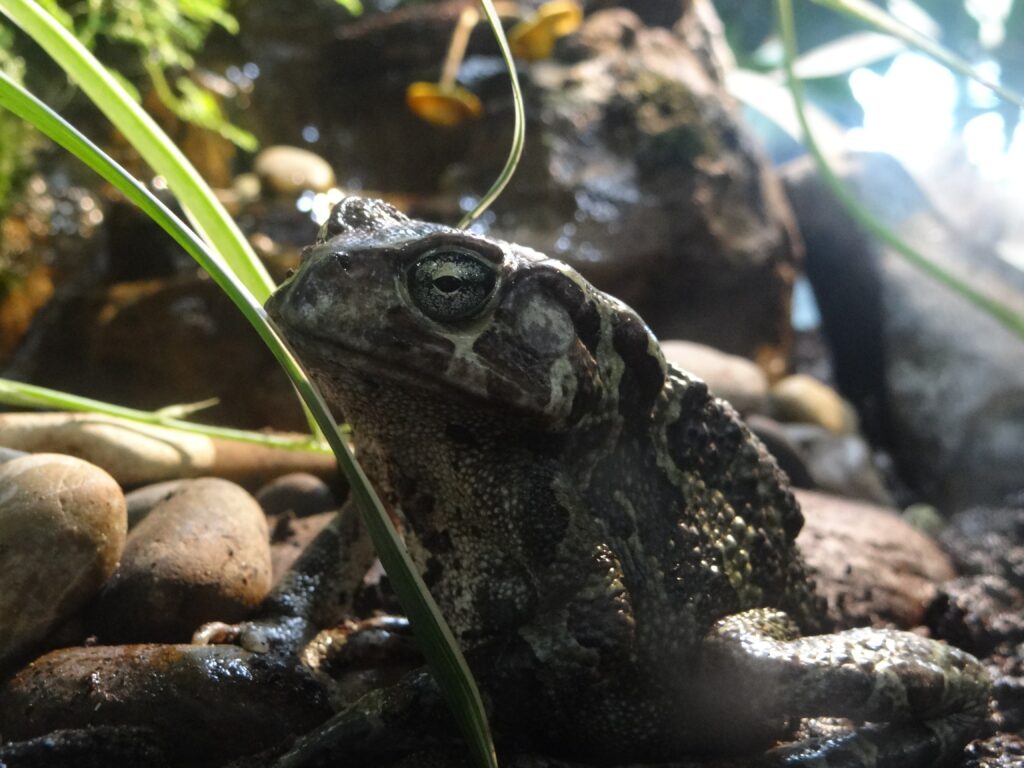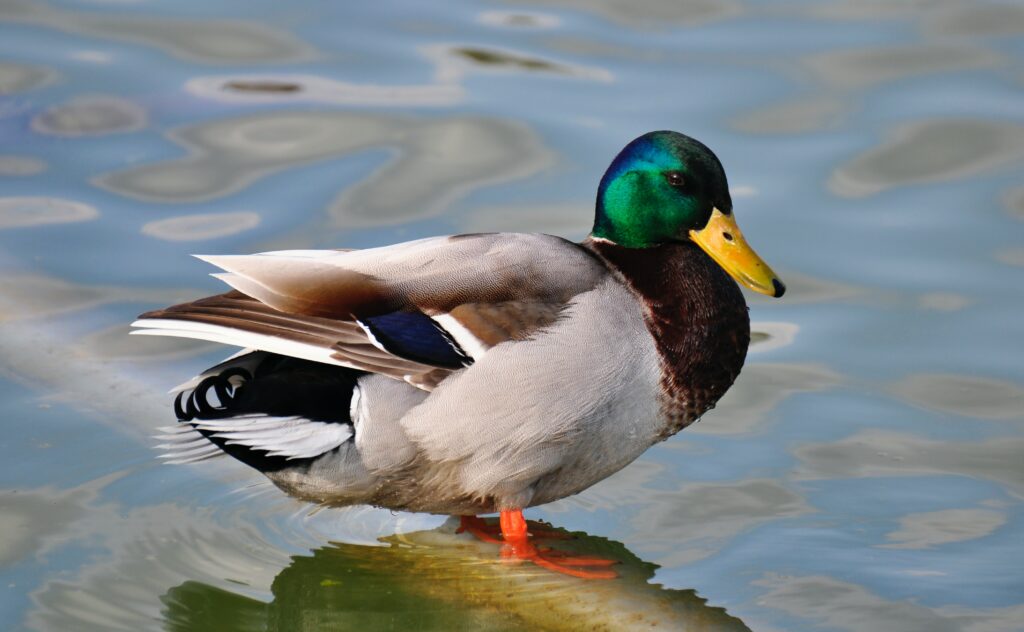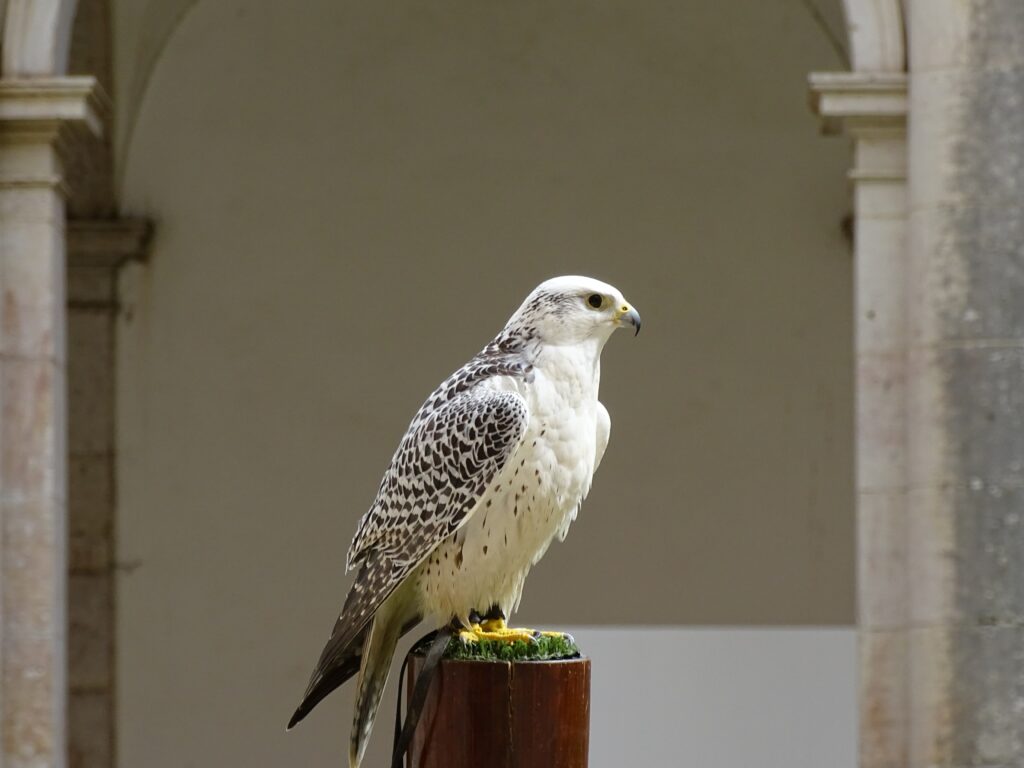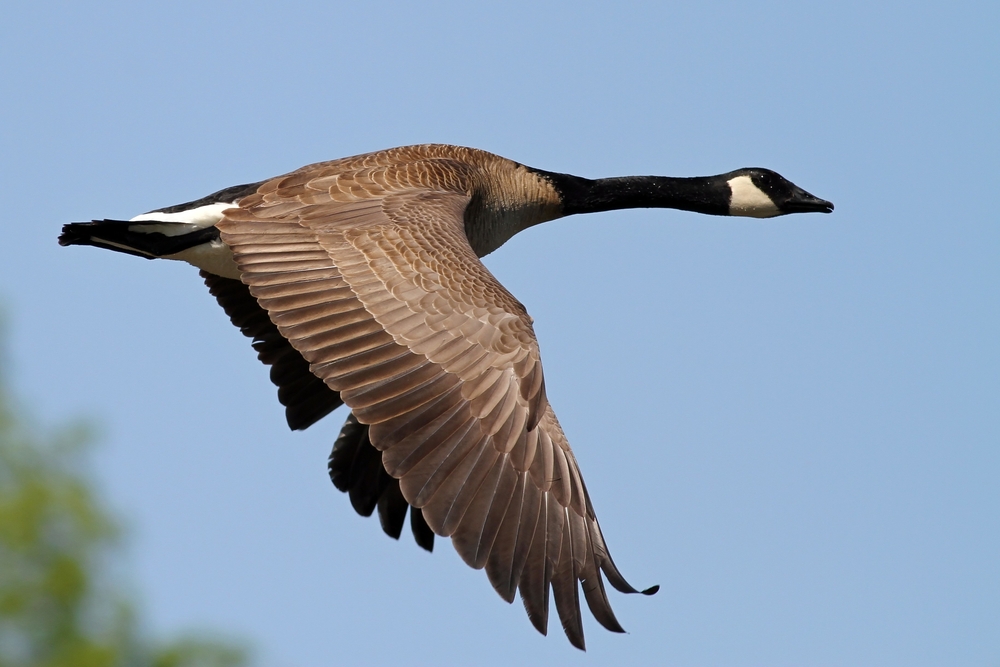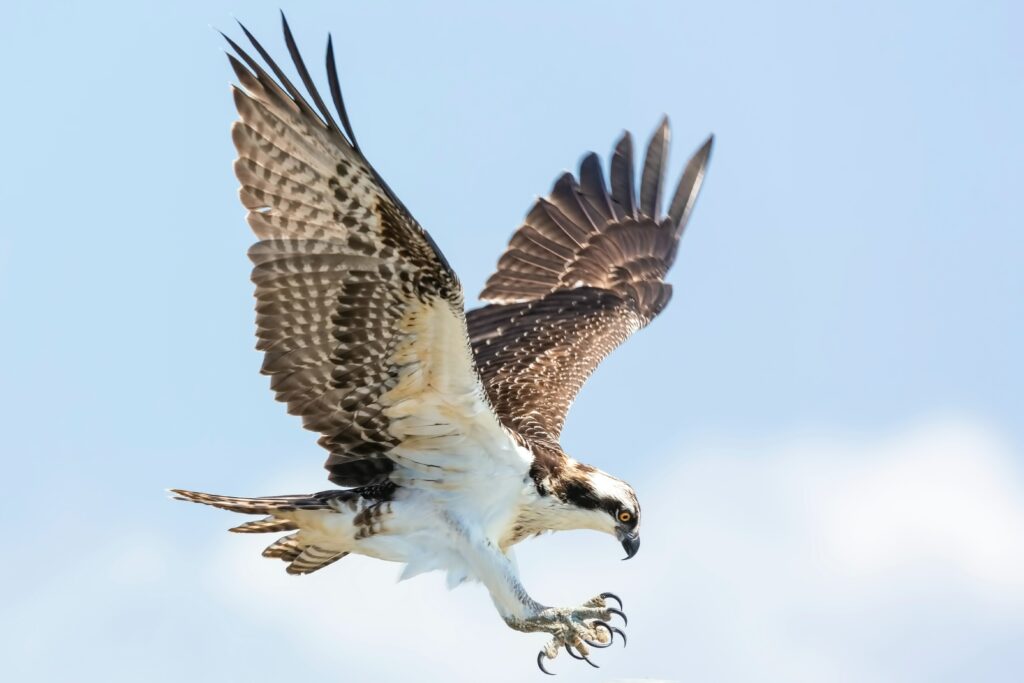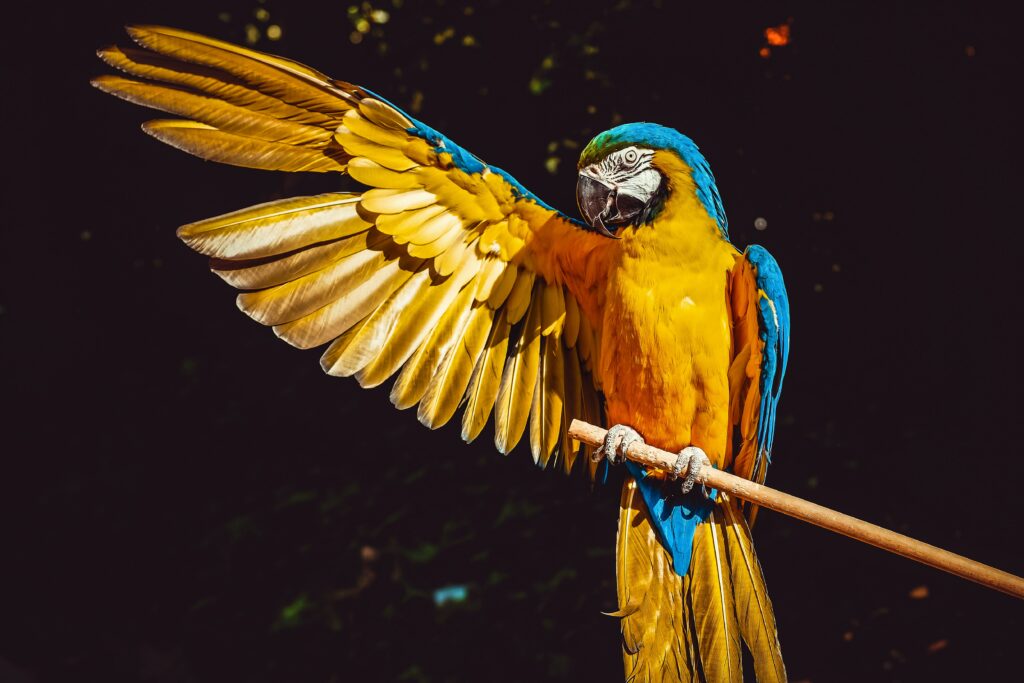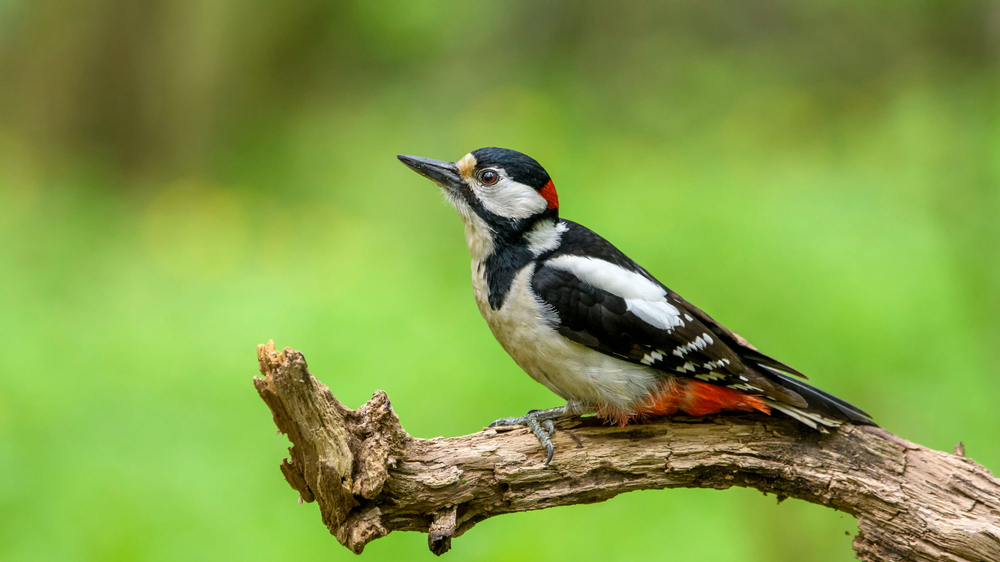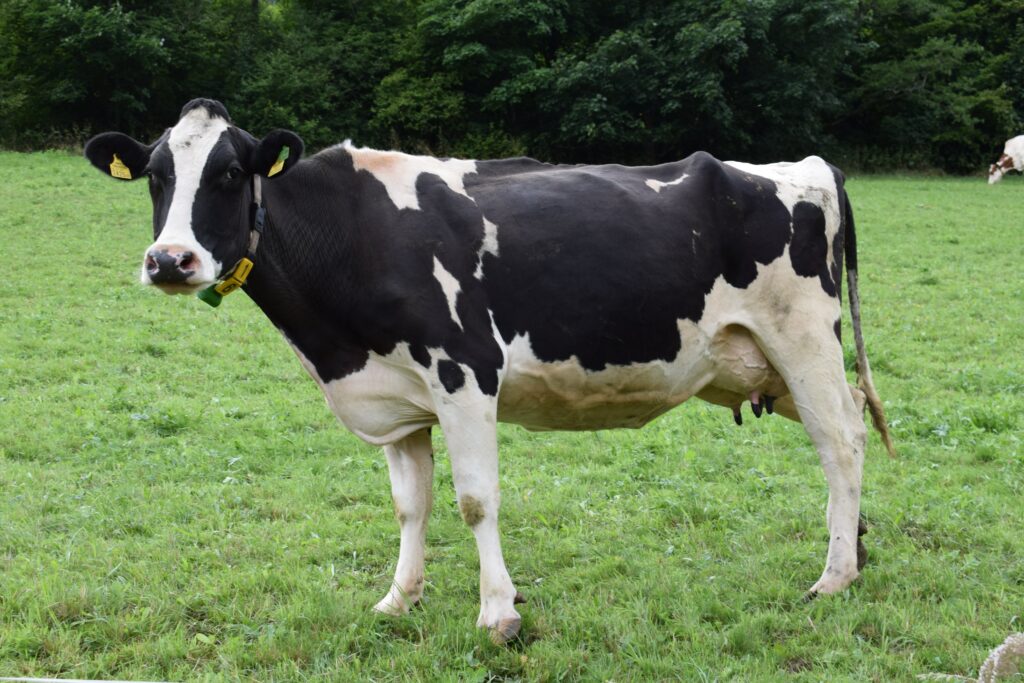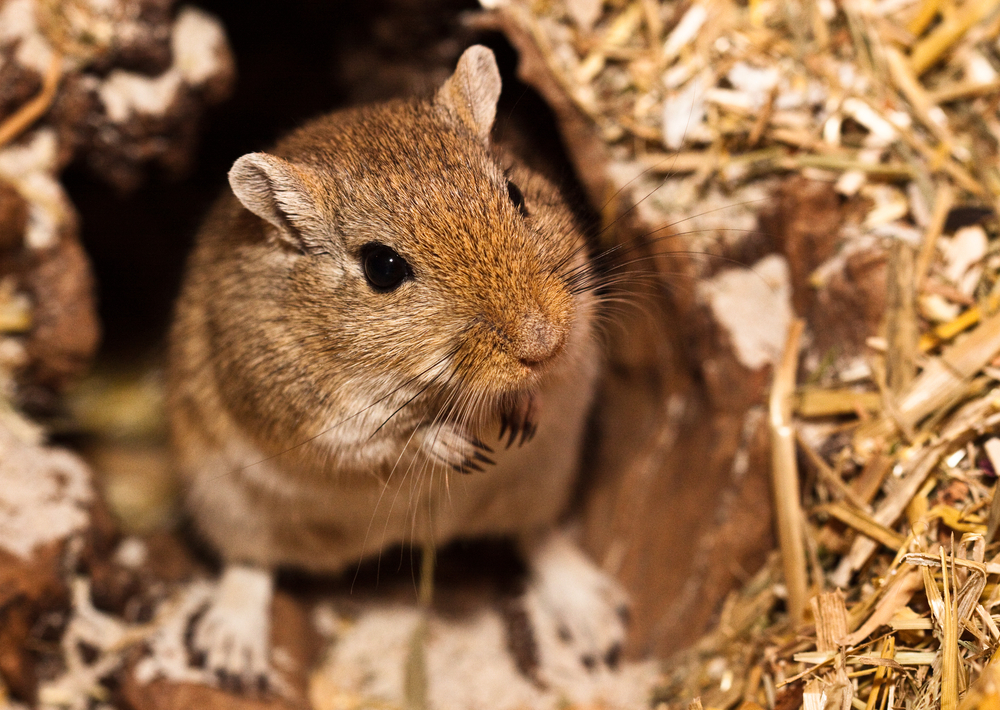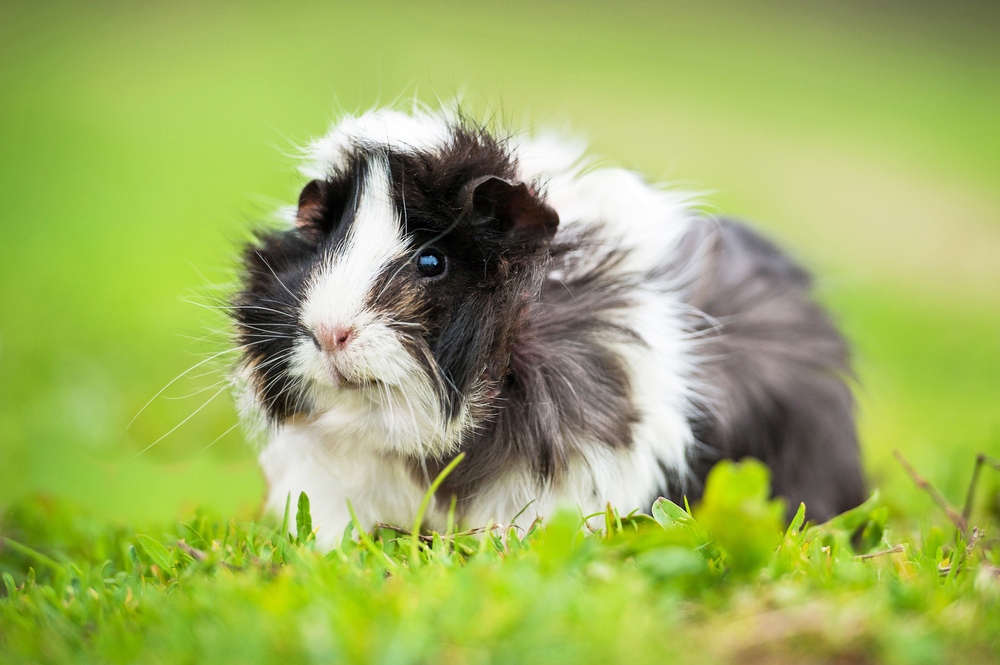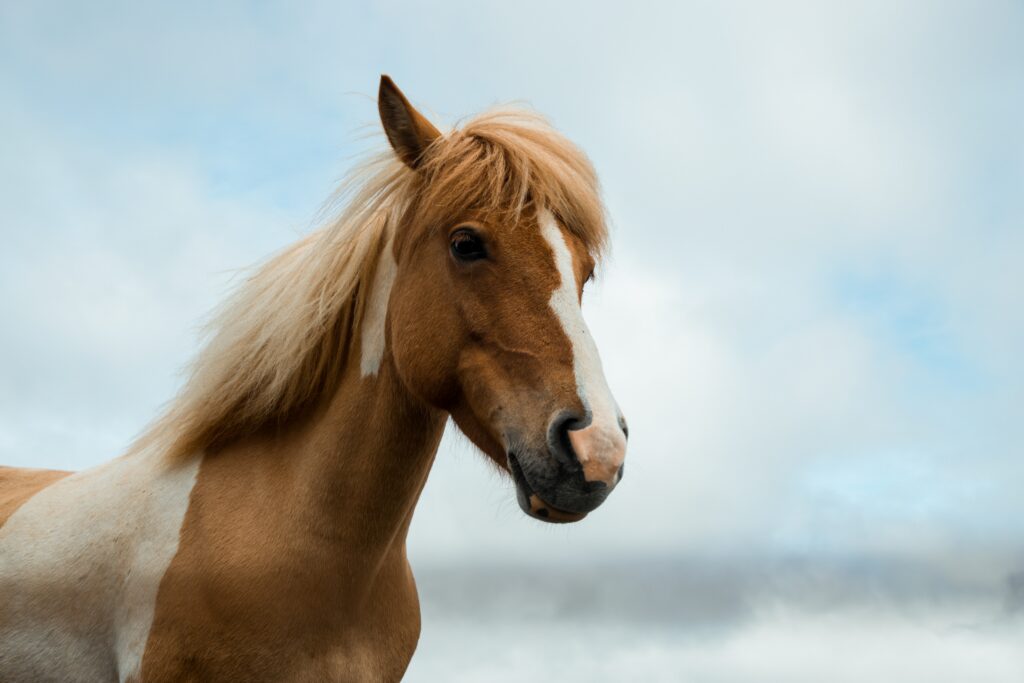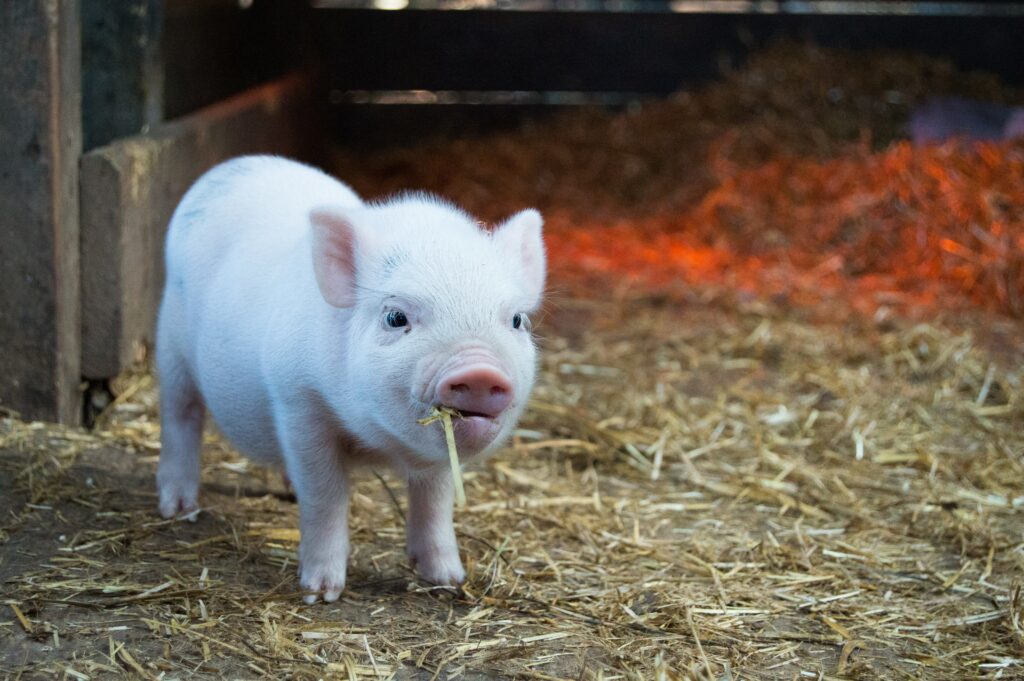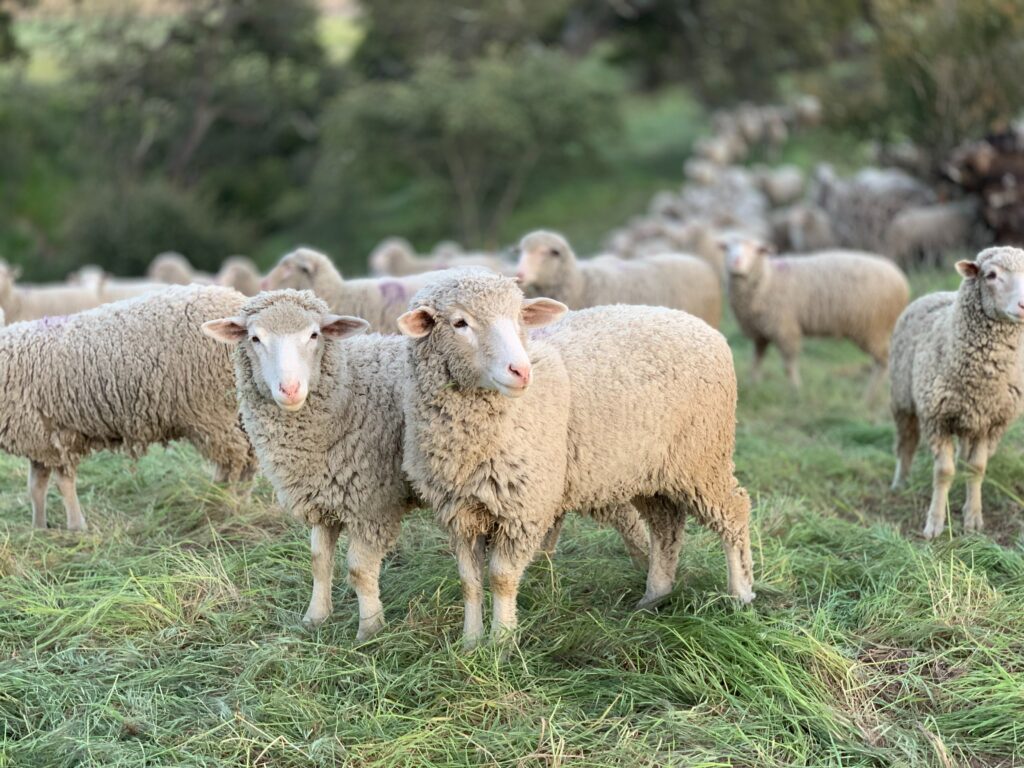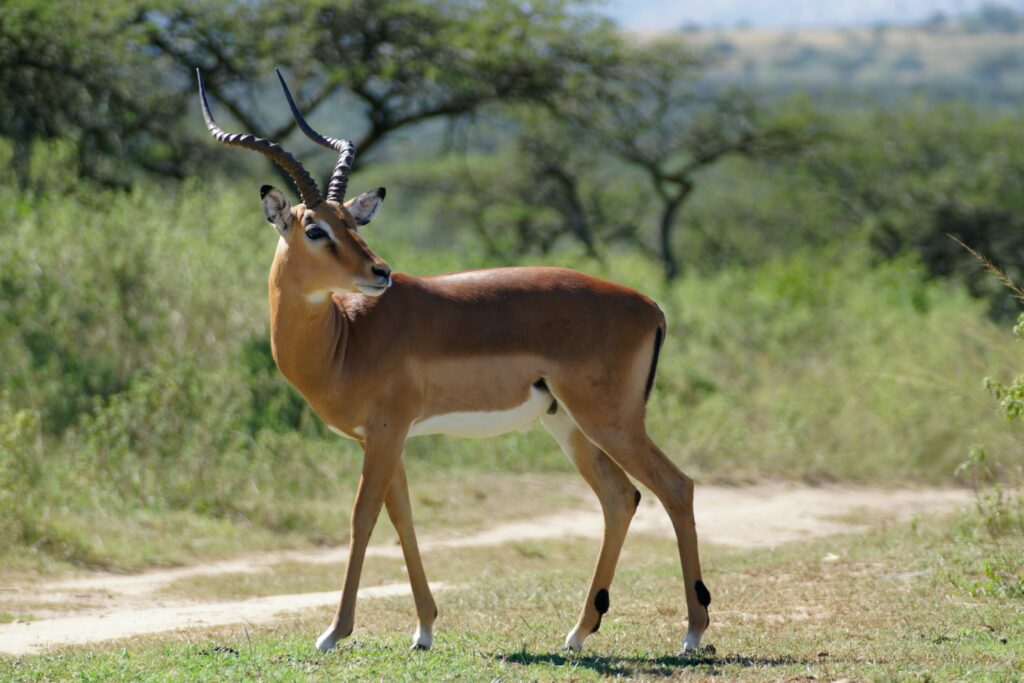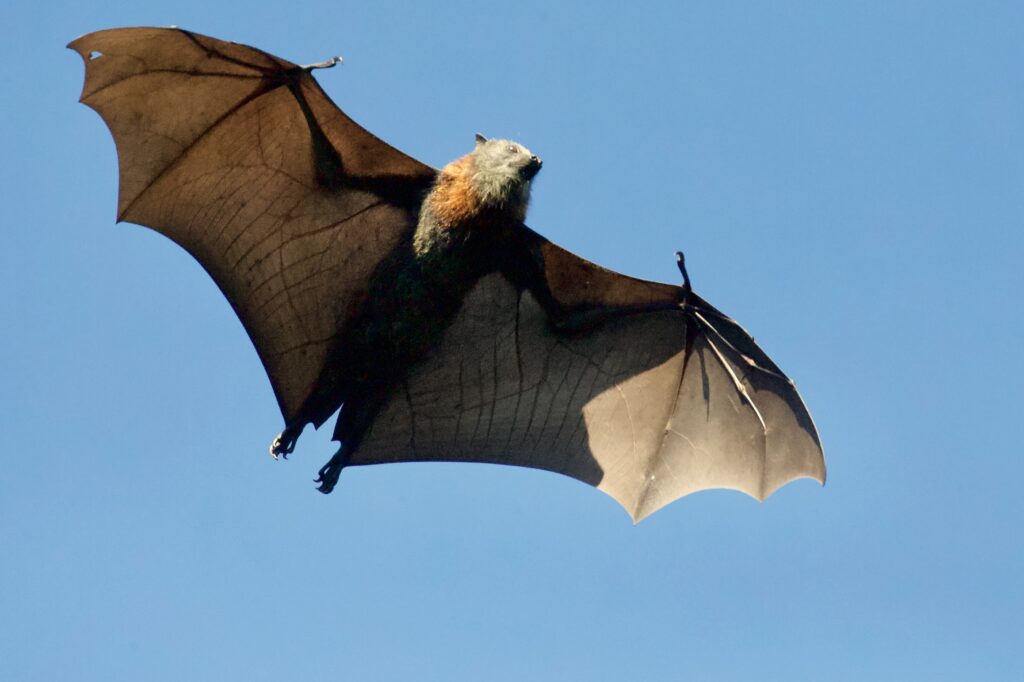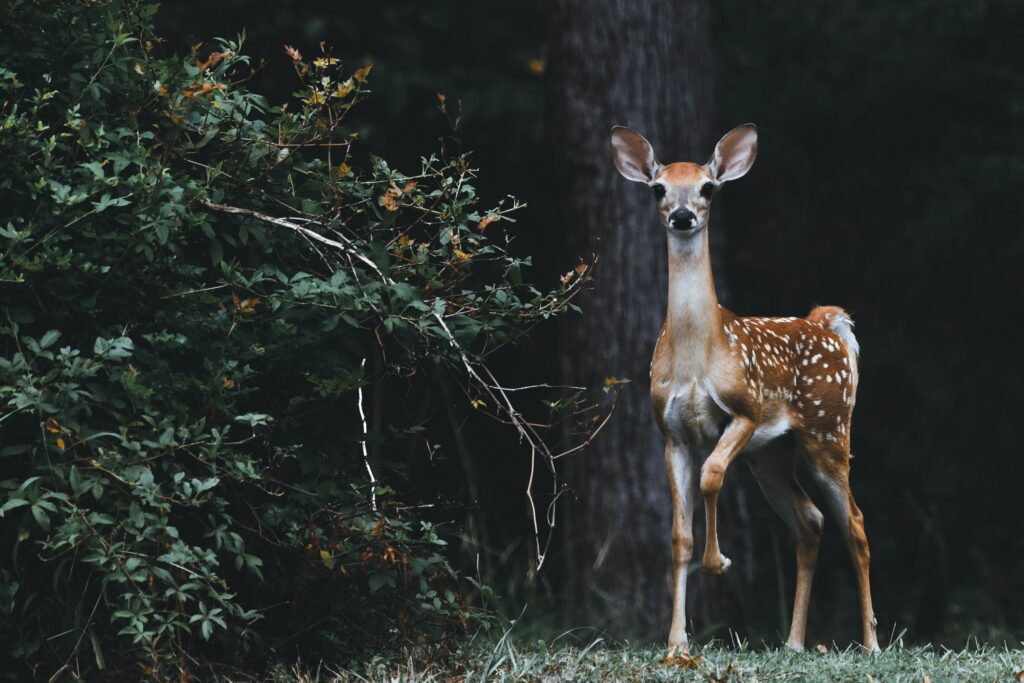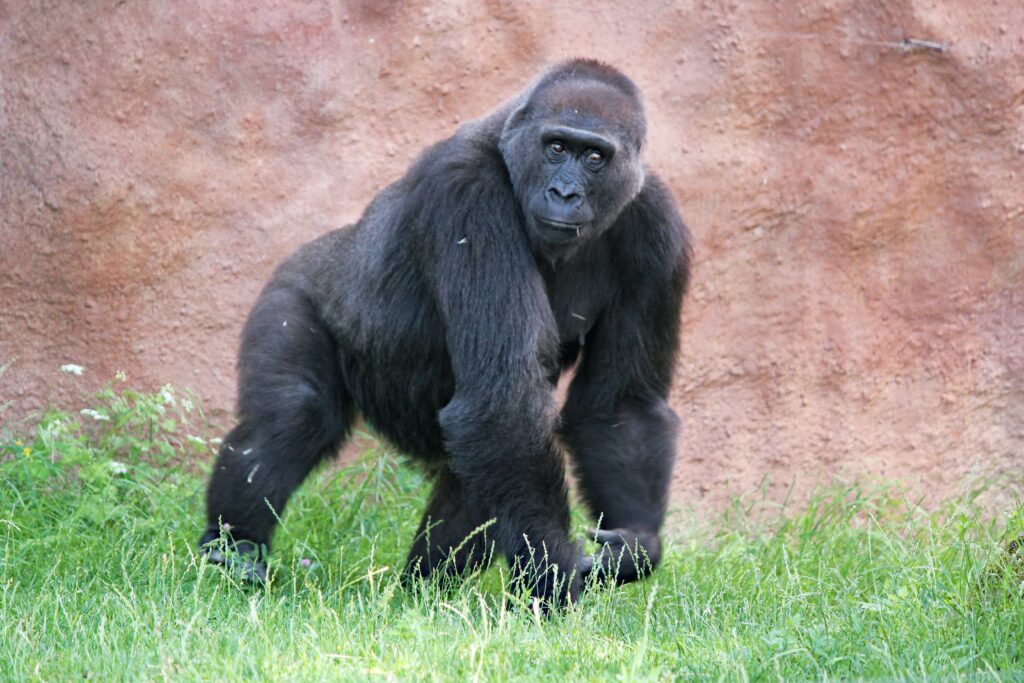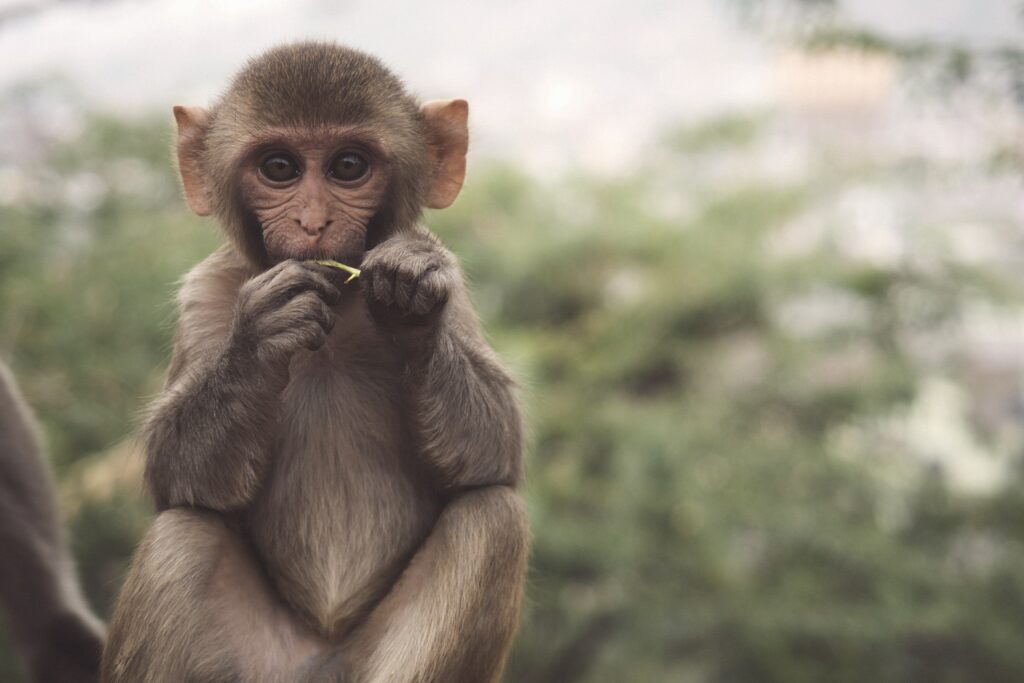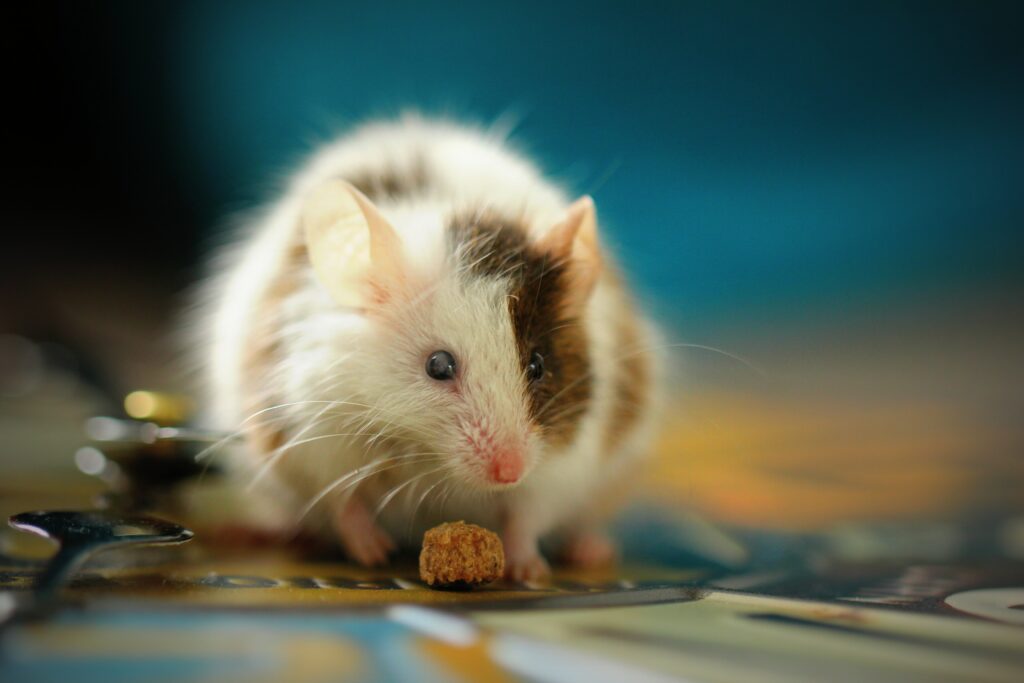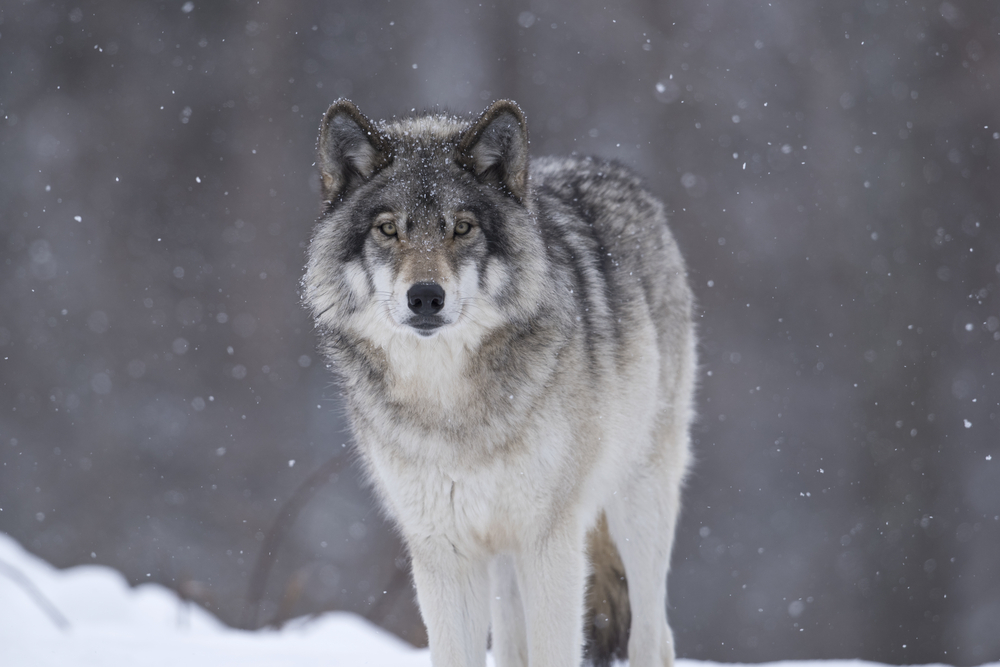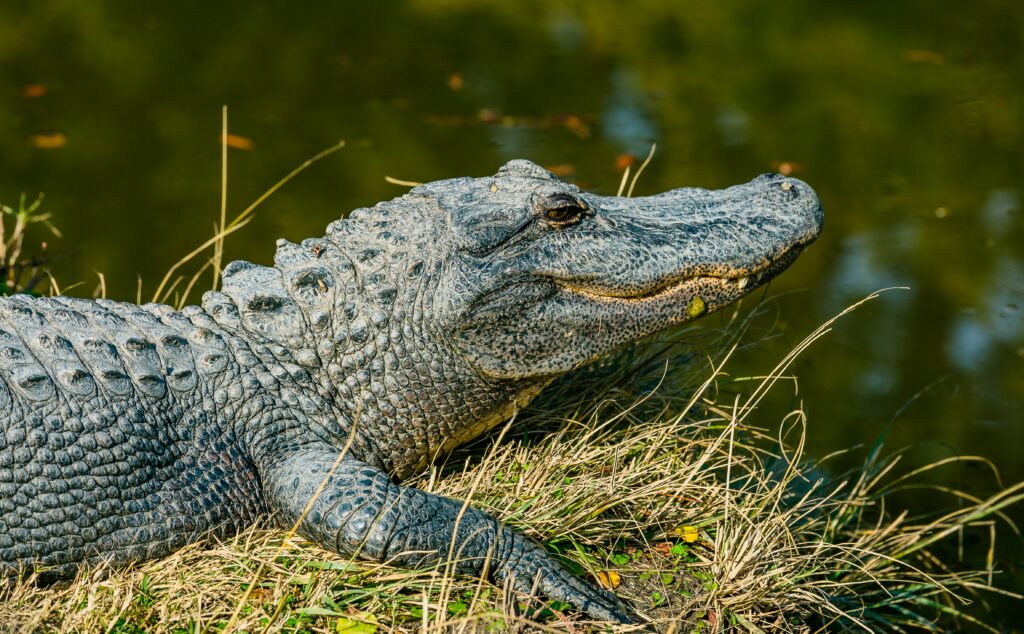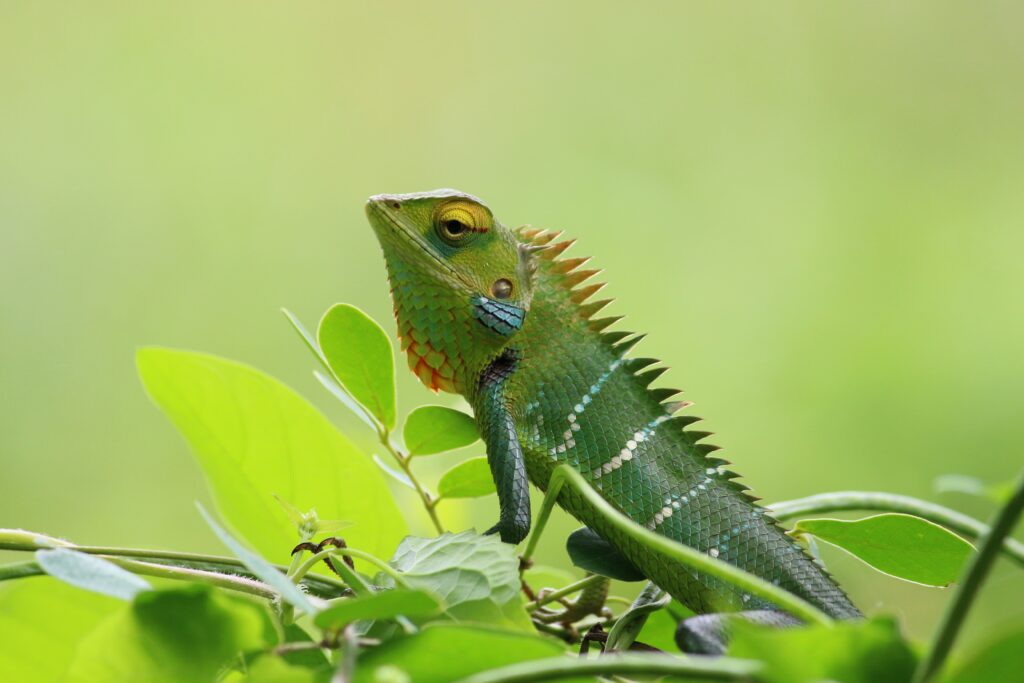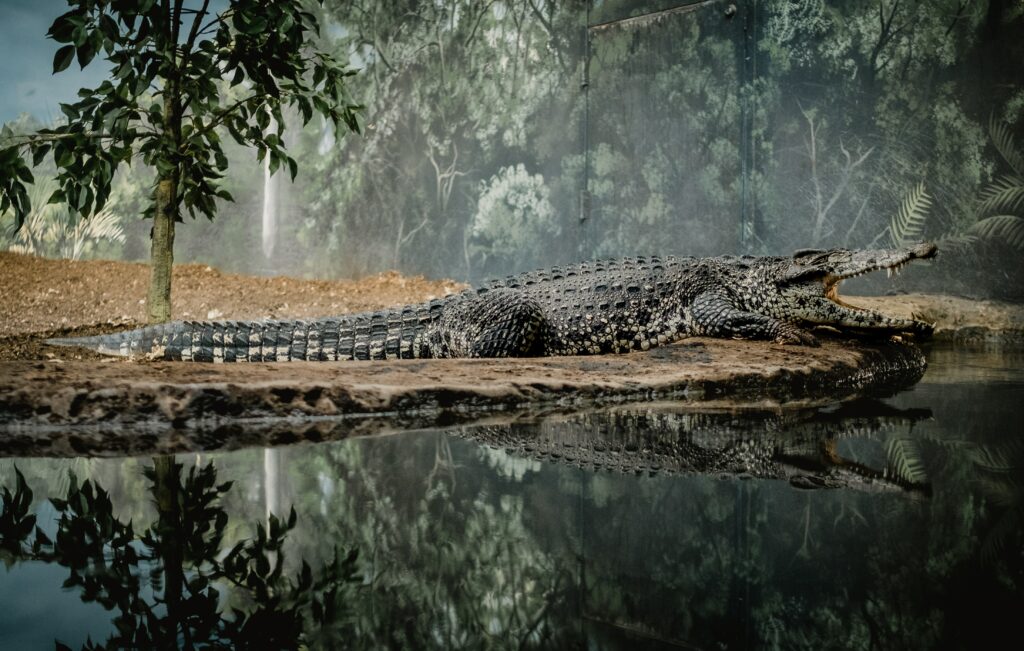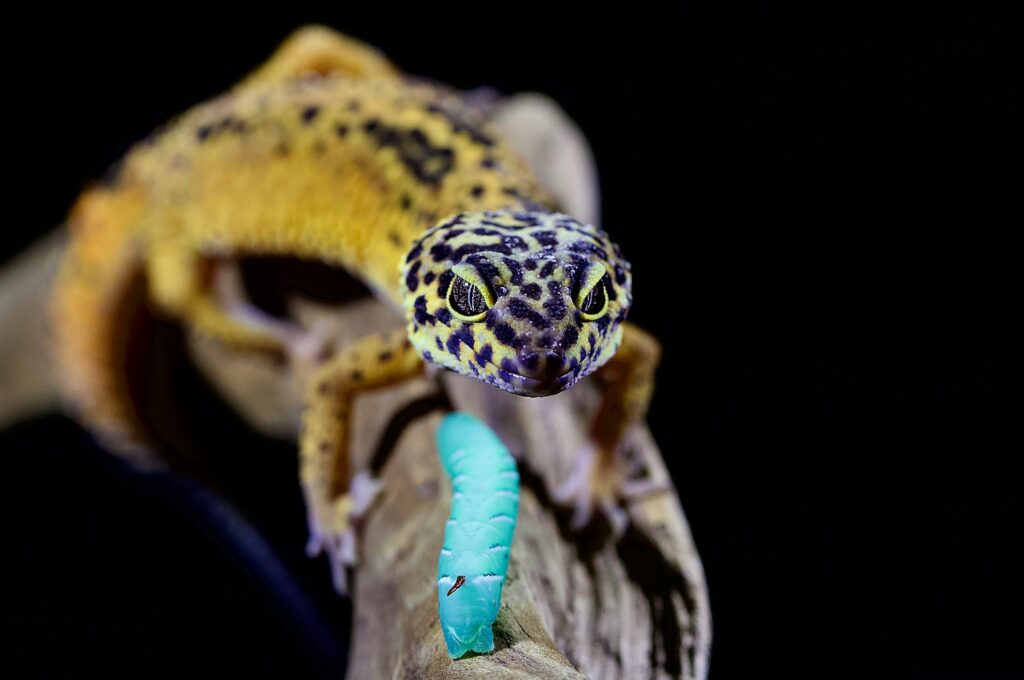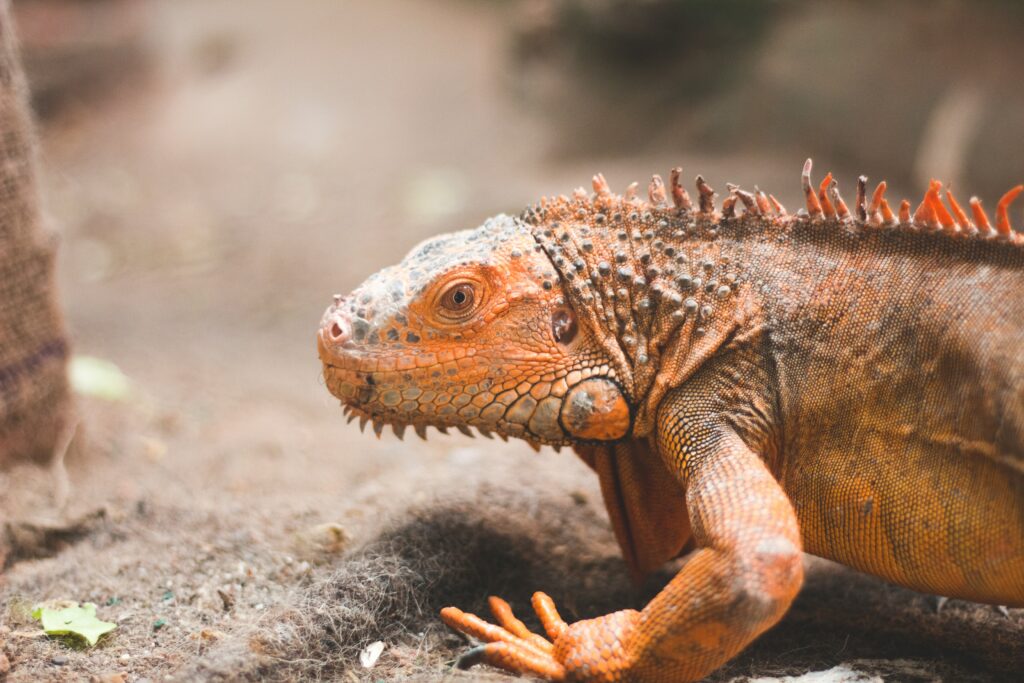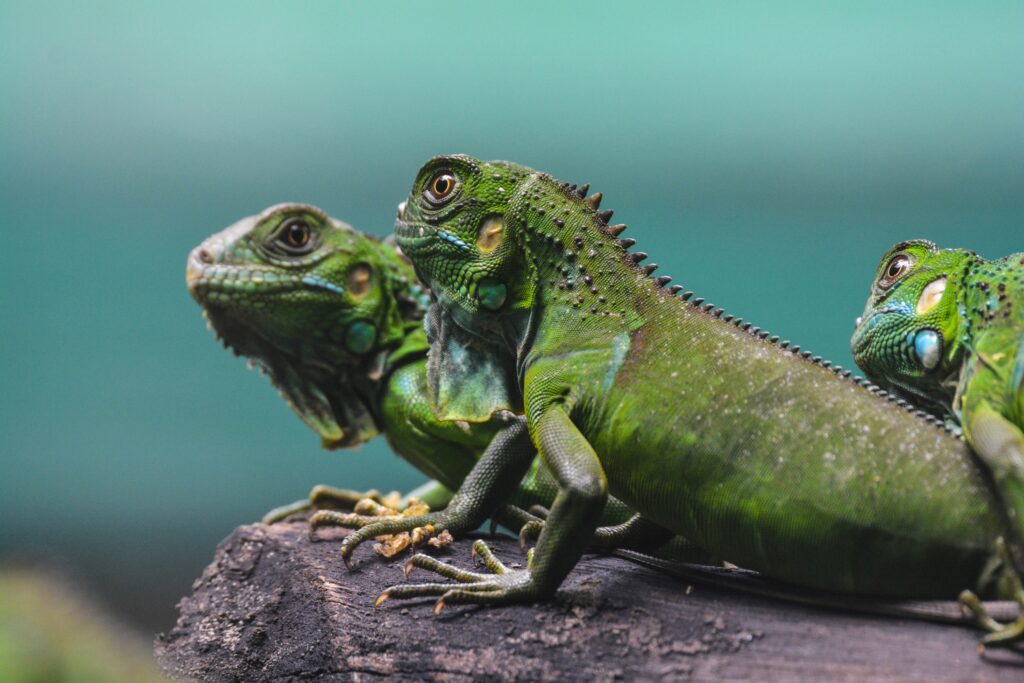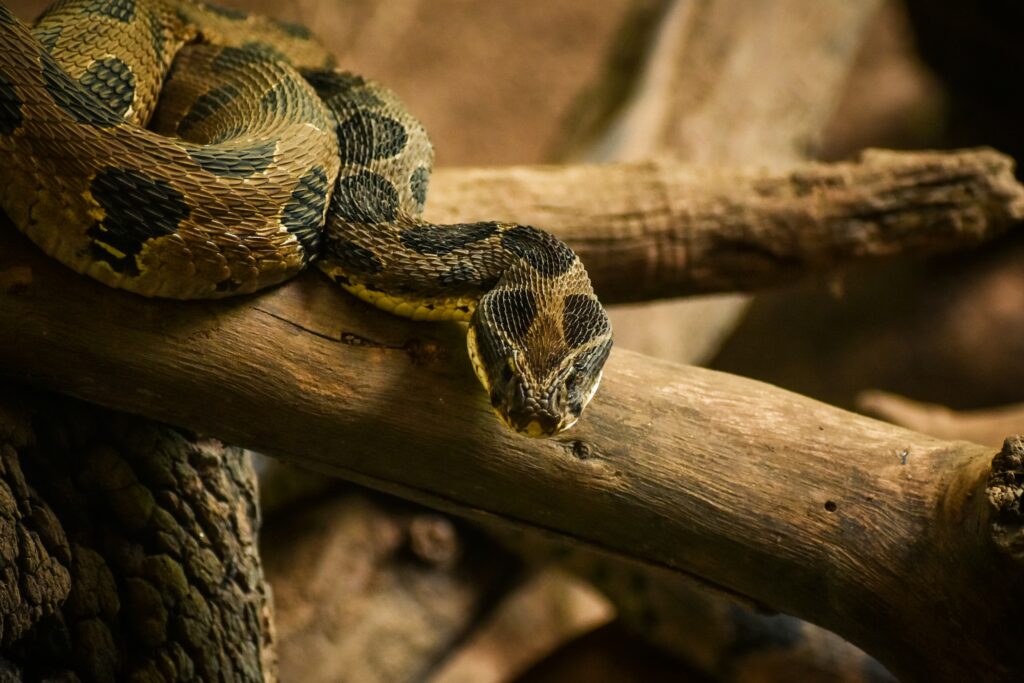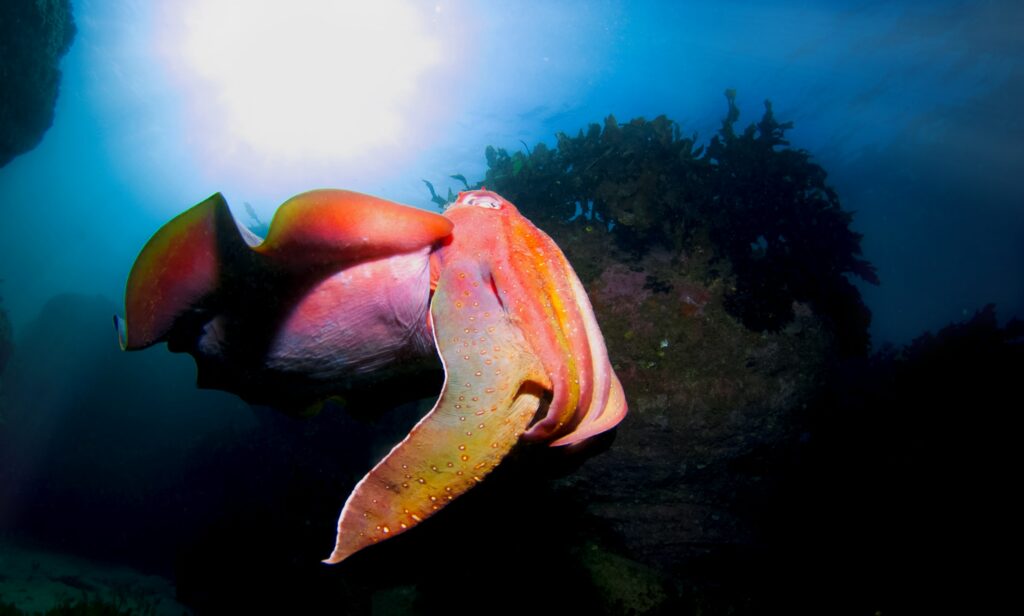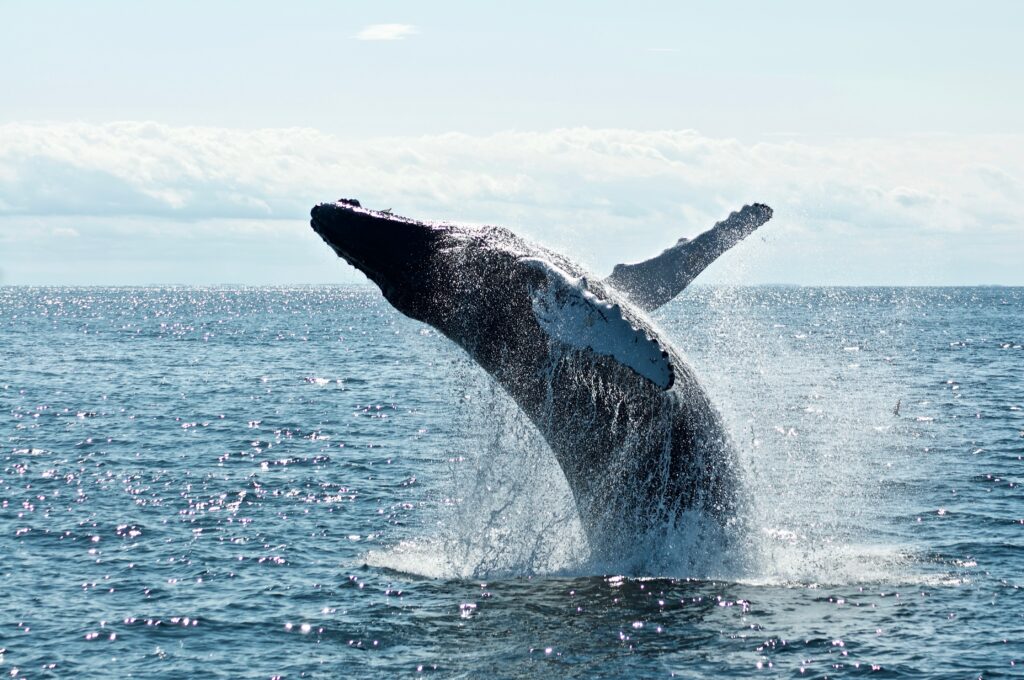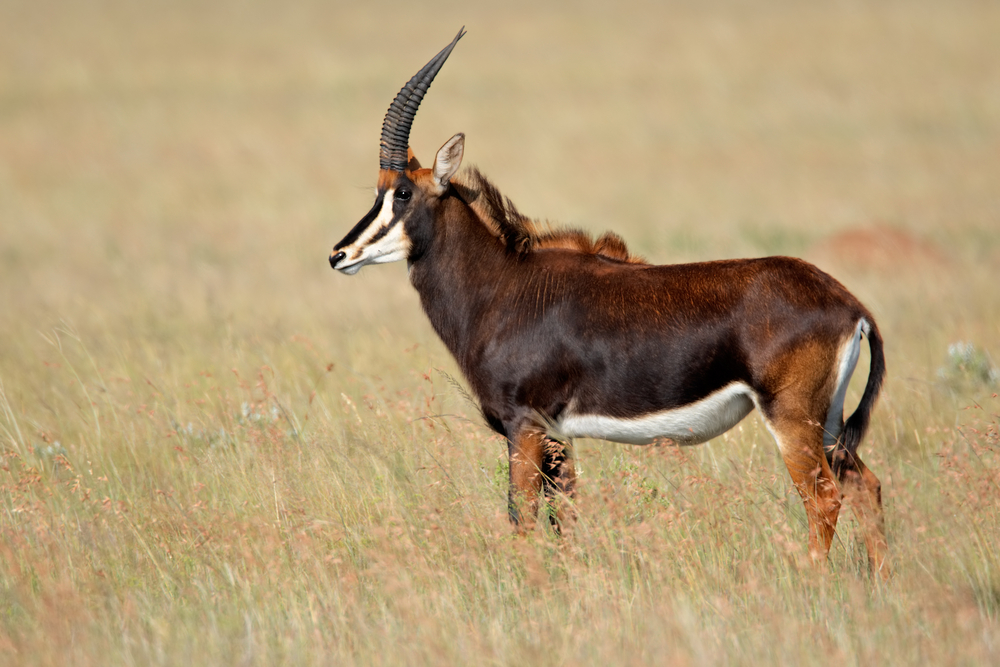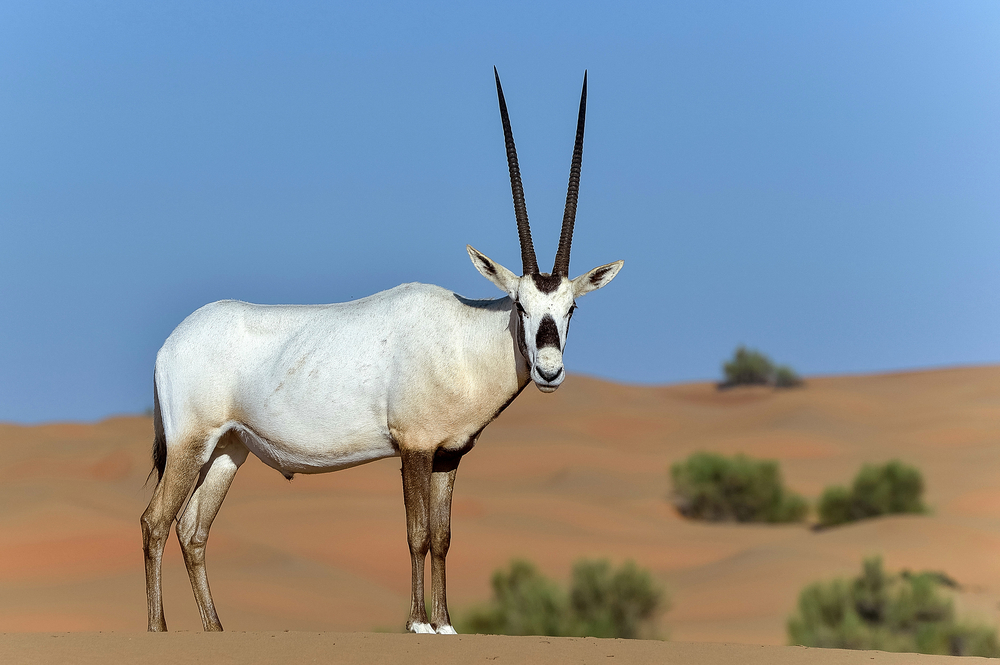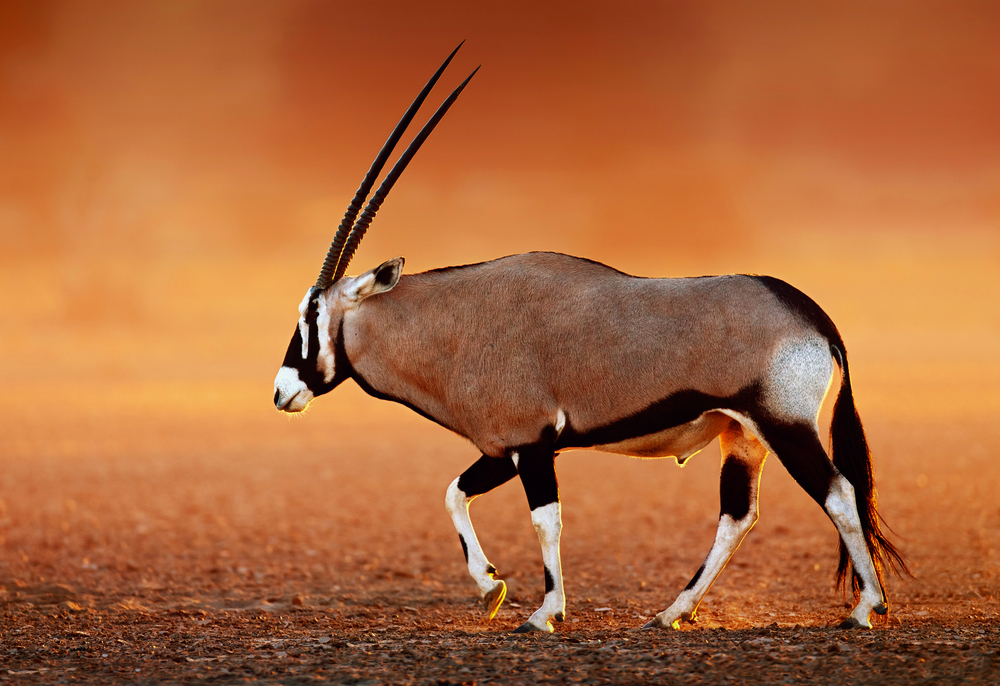Uniqueness
Extreme Sexual Dimorphism:
The Nyala is one of the most sexually dimorphic antelope species in Africa. Males and females appear so different they were once thought to be separate species. Males are nearly twice the weight of females, with dark, shaggy coats, spiral horns, and bold body hair, while females are smaller, bright chestnut-colored, and hornless.
Forest-Antelope Hybrid Traits:
Nyala exhibit a rare blend of traits found in both woodland and savanna antelopes. Their shyness, vertical striping, and habitat choice are typical of forest-dwellers, while their spiral horns and body size align them with open-country browsers like kudu.
Shy and Elusive Behavior:
Unlike many antelope that form large herds and rely on speed or vigilance in open spaces, Nyala prefer dense vegetation and riverine thickets, using stealth and concealment as primary defenses. They are typically seen in small, quiet groups, and freeze or melt into cover when disturbed.
“Slow-Walk” Display in Males:
Male Nyala engage in a ritualized threat display known as the “slow walk.” Rather than physical combat, they display dominance by puffing up their manes, arching their backs, and walking stiffly around rivals. This reduces injuries while still establishing hierarchy—a unique form of non-violent conflict resolution among antelope.
Ecotone Specialists:
Nyalas thrive in ecotones—transition zones between forest and grassland—especially near permanent water sources. Their ability to adapt to edge environments gives them an advantage over species restricted to open plains or deep forest.
Rare Vocalizations:
While generally silent, Nyala can emit barks, snorts, and groans when alarmed. Their alarm bark is distinct and often signals the presence of a predator in thick cover, acting as a warning to other species as well.
Limited Geographic Range:
Though not endangered, Nyala are endemic to southeastern Africa, with natural populations mainly in Mozambique, Malawi, Zimbabwe, and northeastern South Africa. Their specific habitat needs—dense cover and water—restrict their broader distribution.
The Nyala’s unique combination of appearance, behavior, and habitat choice makes it one of Africa’s most distinctive and graceful antelopes. Its sexual dimorphism, shy nature, and preference for ecotonal habitats set it apart from both its spiral-horned relatives and more gregarious plains antelope.


